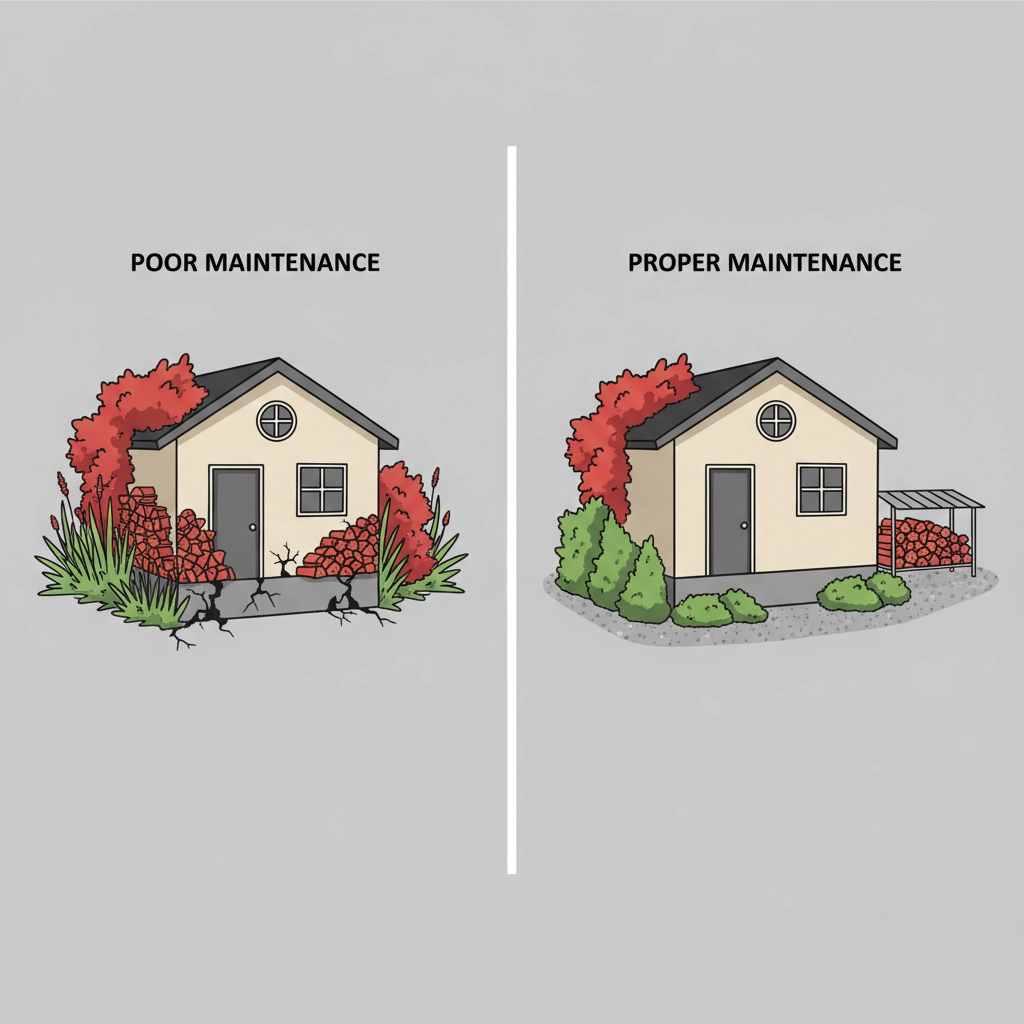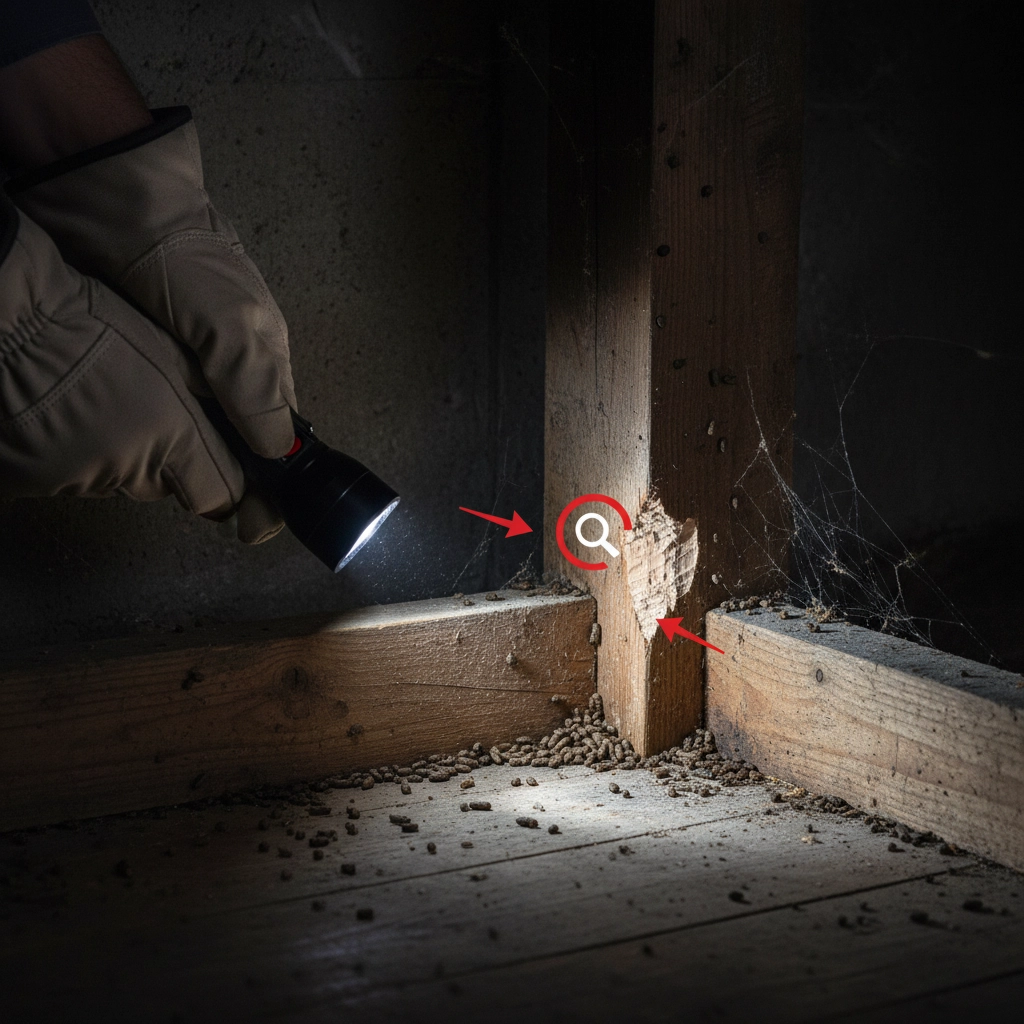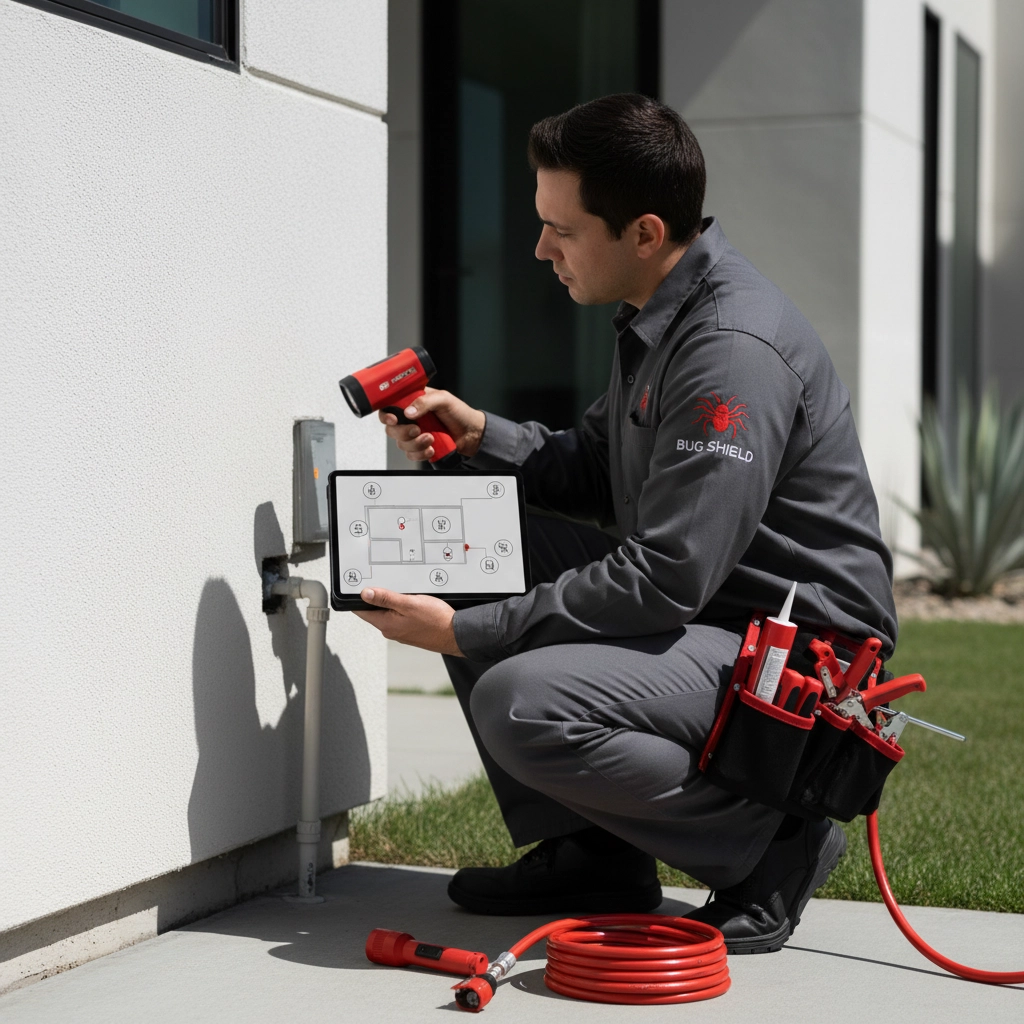Rodent Surge in Ontario: Are You Making These Common Property Protection Mistakes?
- Targeted Wildlife and Pest Solutions

- Sep 28
- 5 min read
Ontario property owners are facing an unprecedented challenge. Toronto has claimed the unwelcome title of Canada's "rattiest" city for three consecutive years, with nearly 1,900 service requests and 411 general inquiries about rodents recorded in 2024 alone. By mid-2025, the numbers continue climbing with 1,337 service requests already logged.
This isn't just a Toronto problem: the rodent surge is affecting properties across Ontario. If you're noticing increased rodent activity around your property, you're not alone. However, many property owners are unknowingly making critical mistakes that make their homes and businesses prime targets for these unwanted invaders.
The Construction Crisis Behind the Surge
The current rodent explosion has a clear trigger: Ontario's construction boom. Major infrastructure projects and residential developments are literally "raining rats" into neighborhoods by disturbing established underground rodent colonies. When construction crews break ground, they displace entire rodent populations that have no choice but to seek new shelter.

City officials have become so concerned about this construction-driven displacement that Toronto now requires rat management plans for all major projects. The principle is simple: "before you dig, you trap." Unfortunately, this requirement came after many developments were already underway, leaving surrounding properties vulnerable to displaced rodent populations.
Construction activities create what experts call a "perfect rodent storm": disrupted habitats force rats and mice to actively search for new homes, and residential properties often provide exactly what they need: food, water, and shelter.
Critical Mistake #1: Underestimating Entry Points
Your biggest vulnerability might be gaps you can't even see. Mice can squeeze through openings as small as a dime, yet most property owners only seal obvious large holes. This oversight proves costly when rodents find their way inside through foundation cracks, gaps around utility lines, or spaces where different building materials meet.
You need to conduct thorough exterior inspections of your entire property. Check around windows and doors, examine where pipes and cables enter your building, and look for cracks in your foundation. Weather stripping that's worn down or gaps under doors create easy access points that many property owners overlook.
The mistake isn't just missing these entry points: it's using inadequate sealing materials. Steel wool combined with caulk works for small gaps, but larger openings require metal flashing or cement. Many property owners try to save money using materials that rodents can easily chew through.
Critical Mistake #2: Creating Unintentional Food Sources
You might be running an all-you-can-eat buffet for rodents without realizing it. Garbage bags left on the ground instead of secure bins with tight-fitting lids attract rodents from considerable distances. Pet food stored in original bags rather than sealed containers provides easy meals that keep rodents coming back.

Outdoor composting without proper secure lids turns your yard into a rodent restaurant. Even small oversights like not cleaning up barbecue grease, leaving bird seed accessible, or failing to promptly clean spills create attractive food sources.
Your kitchen and storage areas require particular attention. Crumbs left on counters, unsealed pantry items, and improperly stored garbage all signal to rodents that your property provides reliable food sources. Once rodents identify your property as a food source, they'll establish nearby nesting sites and bring their entire family.
Critical Mistake #3: Neglecting Landscape Maintenance
Your yard maintenance directly impacts rodent attraction, yet many property owners don't make this connection. Overgrown vegetation provides cover for rodents moving around your property. Trees and shrubs touching your home's exterior create natural highways that allow rodents easy access to your roof and upper levels.
Accumulated debris like stacked firewood, old furniture, or piles of leaves provide perfect nesting opportunities. You need to maintain clear zones around your property's perimeter. Store firewood at least 20 feet from your home and keep it elevated off the ground.
Water sources often go unnoticed but prove crucial for rodent populations. Leaky outdoor faucets, clogged gutters, containers that collect rainwater, and pet water bowls all provide essential hydration. Even small water sources can support significant rodent populations during dry periods.
Critical Mistake #4: Taking a Reactive Approach
Waiting until you see droppings, hear scratching sounds, or discover nests means rodents have already established themselves on your property. By this point, you're dealing with active colonies rather than preventing initial intrusion.

This reactive approach allows rodent populations to grow exponentially. A single pair of mice can produce up to 10 litters per year, with each litter containing 4-8 offspring. Those offspring reach reproductive maturity in just six weeks. What starts as a minor intrusion quickly becomes a major infestation.
You need regular inspection schedules for vulnerable areas like attics, basements, garages, and crawl spaces. Look for signs of rodent activity before populations establish: small droppings, gnaw marks, grease stains along walls, and unusual pet behavior can all indicate early rodent presence.
Seasonal prevention measures prove far more effective than emergency responses. Fall preparations should include sealing potential entry points before rodents seek winter shelter. Spring inspections help identify any winter damage that creates new vulnerabilities.
Critical Mistake #5: Ignoring Construction Zone Risks
If you live or work near active construction sites, you face elevated rodent displacement risk. Yet many property owners don't adjust their prevention strategies to account for this increased threat. Construction activities can displace rodent populations from blocks away, sending them searching for new territory.
You need enhanced monitoring near construction zones. Increase inspection frequency and maintain heightened vigilance for signs of new rodent activity. Consider temporary additional sealing measures for potential entry points that might not normally require attention.
Communication with construction managers about their rodent management plans can provide valuable insight into displacement timing and scope. Some construction projects implement pre-trapping programs that reduce displacement pressure on surrounding properties.
Strategic Prevention Framework
Effective rodent control requires comprehensive, proactive measures. Start with thorough property sealing using appropriate materials for different gap sizes. Steel wool and caulk work for small openings, while metal flashing or cement addresses larger gaps. Install mesh screens over vents and chimney openings.
Implement integrated food security measures throughout your property. Store all food in airtight containers, maintain clean outdoor areas, and position garbage containers with secure lids away from exterior walls. Don't overlook pet food storage: it's often the most accessible food source rodents find.

Maintain your property's exterior to eliminate rodent attractions. Regular vegetation trimming, debris clearing, and water source elimination create inhospitable environments for rodent populations. Focus on creating clear zones around your building's perimeter.
Establish systematic monitoring protocols with regular inspections of vulnerable areas. Early detection allows intervention before populations establish breeding colonies. Document inspection findings to track potential problem areas over time.
Professional Assessment and Long-Term Solutions
Ontario's rodent surge requires more than individual property protection: it demands coordinated community response and professional expertise. Construction impacts, seasonal population cycles, and regional rodent behavior patterns all influence effective control strategies.
Professional pest control services understand these complex factors and can implement comprehensive prevention programs tailored to your specific property vulnerabilities. They can identify entry points you might miss, recommend appropriate sealing materials, and establish monitoring systems that catch problems early.

Don't wait for rodent problems to escalate. The current surge conditions mean reactive approaches face much larger populations and more established colonies. Professional assessment and prevention prove far more cost-effective than emergency removal and damage repair.
Contact Targeted Wildlife and Pest Solutions for comprehensive property assessment and customized prevention strategies. Our expertise with Ontario's unique rodent challenges ensures your property receives protection designed for current surge conditions, not normal pest pressure.
Your property deserves proactive protection that addresses both current threats and long-term vulnerability. Professional pest management provides the expertise and systematic approach necessary to keep your property rodent-free during this unprecedented surge period.
Comments